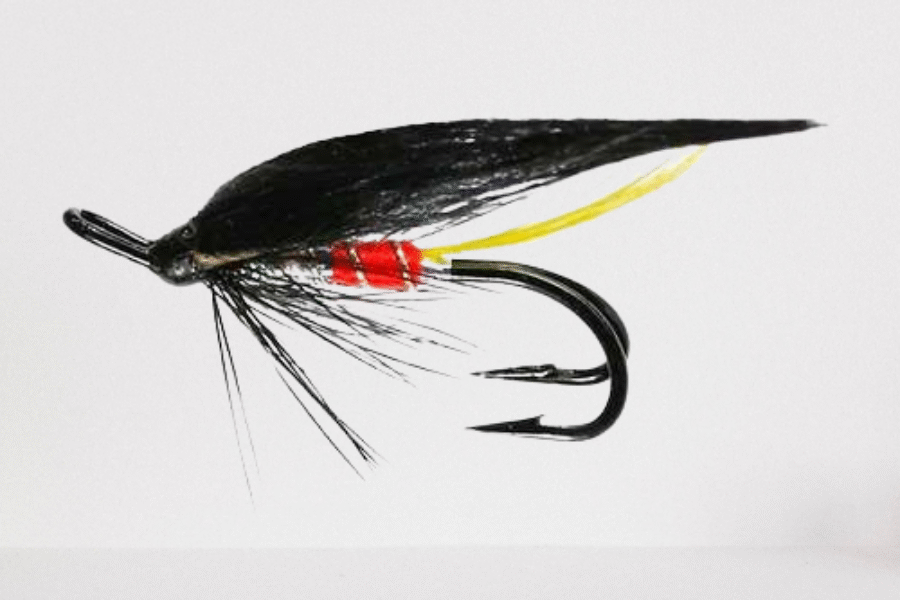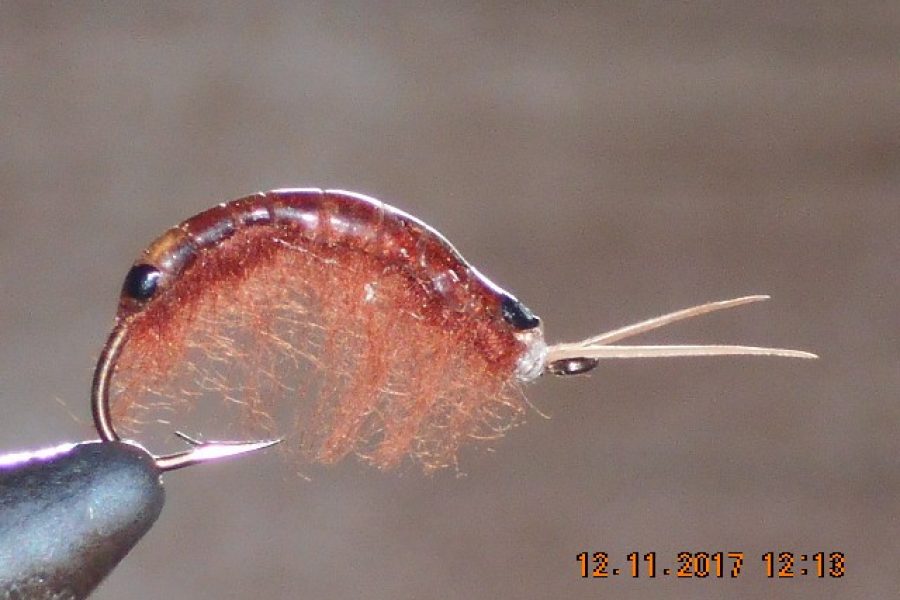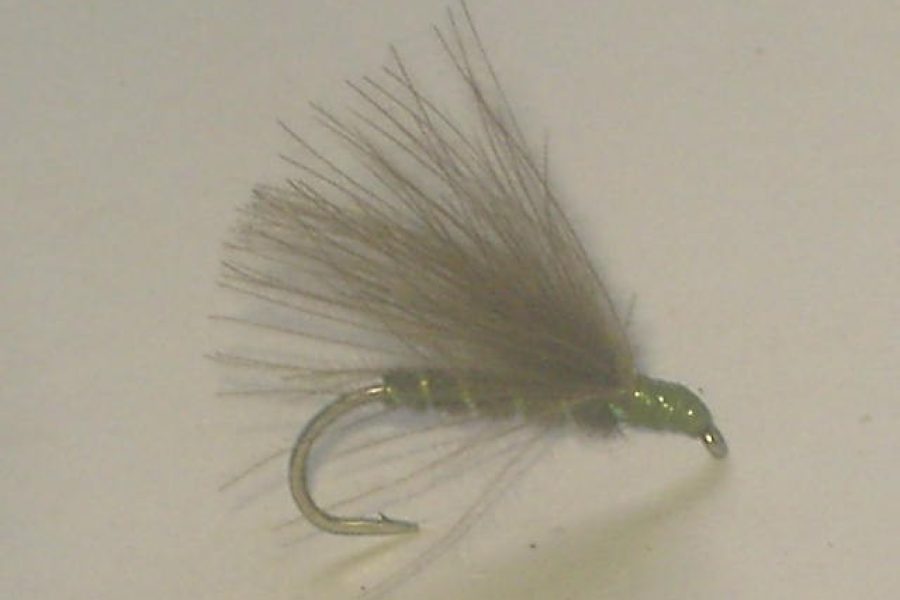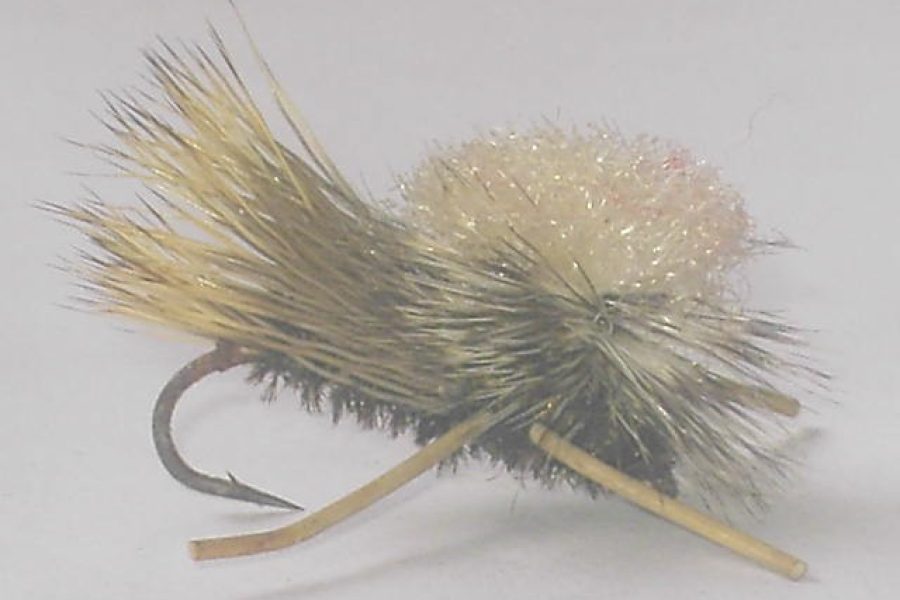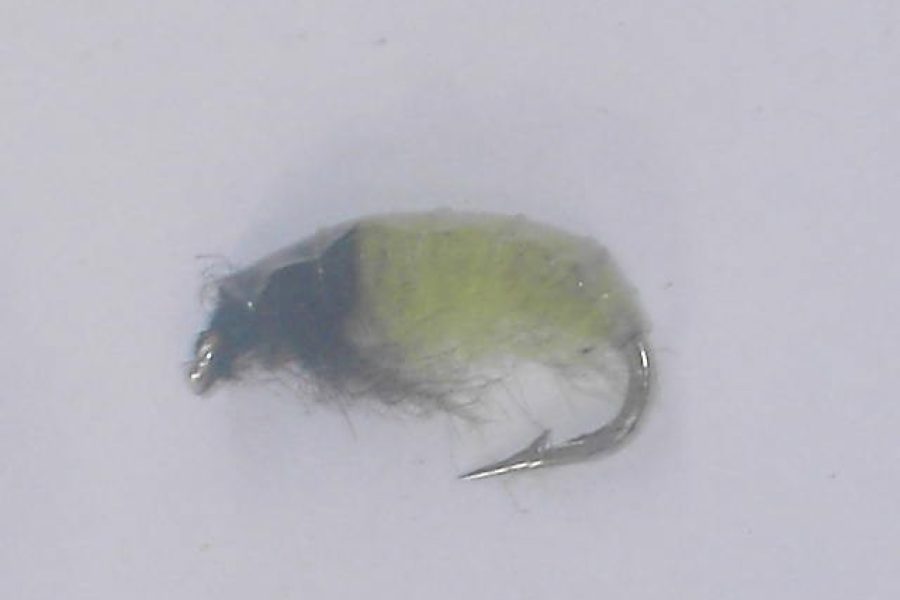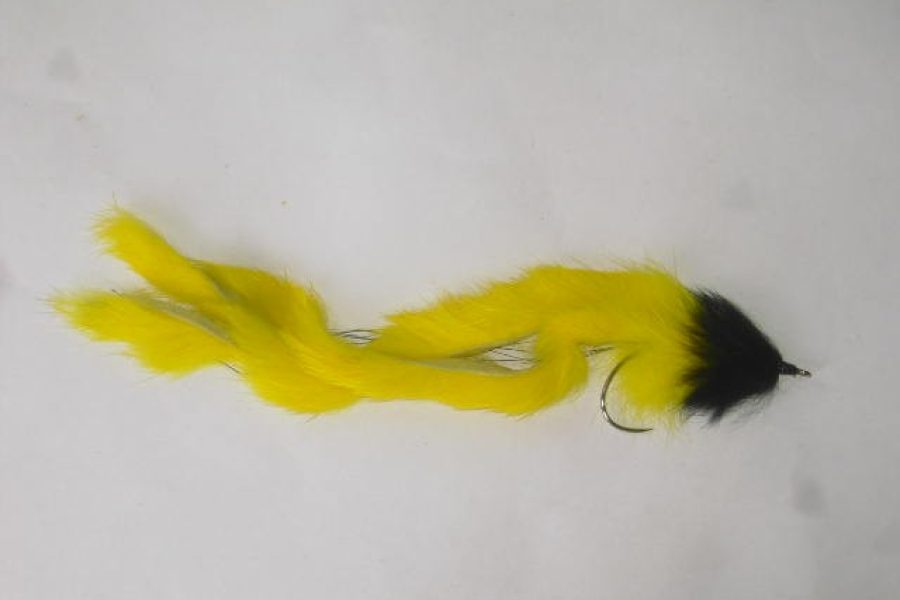Description
Product Overview and Heritage The Chartreuse Gummy Minnow fly represent a revolutionary advancement in synthetic baitfish imitation, combining cutting-edge materials with innovative design principles. This modern pattern family incorporates specialized gummy materials with high-visibility chartreuse colorations, creating a series of highly adaptable patterns that excel across multiple fishing scenarios. Developed through extensive research and field testing, these patterns have established themselves as essential tools for both fresh and saltwater applications.
Design Philosophy and Material Innovation The patterns’ effectiveness stems from their carefully engineered components:
- Advanced synthetic materials
- Multi-tone chartreuse blending
- Proprietary gummy composition
- Strategic flash placement
- Enhanced durability features
- UV-reactive elements
- Specialized movement characteristics
- Precision weight distribution
- Modern tying techniques
- Customizable profiles
Technical Specifications
Hook Characteristics:
- Premium saltwater-grade hooks
- Available sizes: 1-8
- Specialized wire strength
- Optimal point design
- Enhanced penetration geometry
- Wide gap configuration
- Salt-resistant coating
- Perfect hook-to-material ratio
- Balanced weight distribution
- Custom bend patterns
Material Properties:
- Next-generation synthetics
- Multi-layer construction
- Advanced flash integration
- Proprietary gummy formulation
- Enhanced UV properties
- Water-activation features
- Specialized movement fibers
- Dynamic color stability
- Controlled translucency
- Strategic rigidity zones
Construction and Tying Process The patterns’ success relies on precise construction methods:
- Multi-stage tying process
- Strategic material layering
- Advanced body profiling
- Reinforced connection points
- Material density control
- Enhanced movement features
- Precision flash placement
- Profile customization
- Movement optimization
- Durability enhancement
Fishing Applications and Techniques
Presentation Methods:
- Variable-speed retrieves
- Erratic action techniques
- Depth-zone targeting
- Current manipulation
- Structure presentation
- Surface wake patterns
- Deep-water jigging
- Suspended presentations
- Cross-current drifts
- Vertical movements
Specialized Applications:
- Sight fishing scenarios
- Deep structure fishing
- Current seam targeting
- Edge-water techniques
- Suspended fish tactics
- Bottom bouncing
- Surface skipping
- Mid-column presentation
- Depth transitions
- Structure approaches
Seasonal Effectiveness
Summer Performance:
- Peak activity periods
- Thermocline targeting
- Light penetration zones
- Baitfish migration
- Dawn/dusk effectiveness
- Temperature breaks
- Oxygen level adaptation
- Feeding window focus
- Pattern visibility
- Action enhancement
Spring Applications:
- Pre-spawn targeting
- Water clarity adaptation
- Temperature transition
- Feeding pattern match
- Light condition response
- Depth variation
- Current utilization
- Pattern selection
- Size matching
- Color effectiveness
Fall Strategy:
- Baitfish imitation
- Migration patterns
- Water temperature response
- Light penetration
- Aggressive behavior
- Pattern visibility
- Depth transitions
- Feeding windows
- Current adaptation
- Size selection
Winter Tactics:
- Deep water presentation
- Slow retrieve methods
- Cold water techniques
- Structure targeting
- Limited light adaptation
- Temperature consideration
- Pattern visibility
- Suspended fish focus
- Oxygen zone targeting
- Movement control
Habitat and Water Types
Water Applications:
- Coastal environments
- Freshwater lakes
- River systems
- Tidal waters
- Estuary zones
- Deep channels
- Shallow flats
- Current seams
- Structure edges
- Transition zones
Specialized Environments:
- Clear water situations
- Stained water adaptation
- Mixed clarity conditions
- Depth variations
- Current interfaces
- Structure proximity
- Cover edges
- Bottom transitions
- Light penetration zones
- Temperature gradients
Target Species and Behavior
Primary Species:
- Striped Bass
- Largemouth Bass
- Spotted Seatrout
- Redfish
- Snook
- Pike
- Peacock Bass
- Offshore Species
Feeding Behaviors:
- Reaction strikes
- Pursuit patterns
- Feeding triggers
- Visual targeting
- Lateral line response
- Competition feeding
- Opportunistic takes
- Pattern recognition
- Strike motivation
- Feeding windows
Rigging Recommendations
Leader Setup:
- Fluorocarbon leaders
- Specialized knots
- Loop connections
- Shock tippets
- Leader lengths
- Breaking strength
- Diameter selection
- Material matching
- Knot placement
- System balance
Presentation Options:
- Floating lines
- Intermediate lines
- Sinking lines
- Shooting heads
- Running lines
- Leader design
- Tippet selection
- Connection systems
- Weight integration
- Balance points
Professional Applications
Guide Usage:
- Client success rates
- Teaching applications
- Pattern durability
- Presentation ease
- Multiple techniques
- Confidence building
- Versatile applications
- Success patterns
- Client adaptation
- Result consistency
Tournament Applications:
- Competition success
- Pressure situations
- Quick changes
- Pattern rotation
- Size selection
- Color variation
- Presentation options
- Time management
- Water adaptation
- Result consistency
Care and Maintenance
Post-Fishing Care:
- Fresh water rinse
- Material cleaning
- Salt removal
- UV protection
- Storage preparation
- Hook maintenance
- Material inspection
- Shape preservation
- Flash maintenance
- Connection check
Storage Requirements:
- Moisture control
- Temperature regulation
- Light protection
- Air circulation
- Compartmentalization
- Material separation
- Shape preservation
- Pattern rotation
- Inventory control
- Condition monitoring
Advanced Fishing Methods
Presentation Techniques:
- Speed variation
- Depth control
- Action manipulation
- Strike triggering
- Pattern tracking
- Current utilization
- Structure approach
- Cover presentation
- Depth transition
- Retrieve patterns
Water Reading:
- Current analysis
- Structure location
- Depth assessment
- Temperature reading
- Fish positioning
- Feeding patterns
- Travel routes
- Hold positions
- Current breaks
- Pattern matching
Environmental Considerations
Conservation Features:
- Material selection
- Environmental impact
- Sustainable design
- Catch handling
- Release considerations
- Resource protection
- Habitat preservation
- Species conservation
- Ethical considerations
- Impact reduction
Material Selection:
- Sustainable sources
- Quality control
- Environmental impact
- Production methods
- Material longevity
- Waste reduction
- Recycling potential
- Local sourcing
- Ethical production
- Impact assessment

